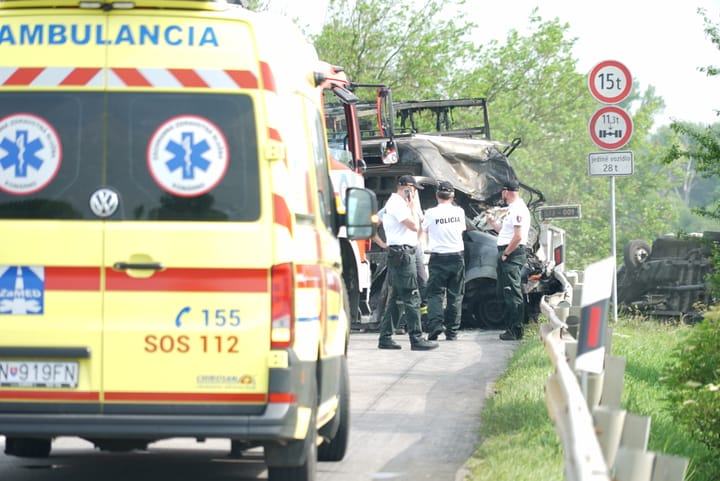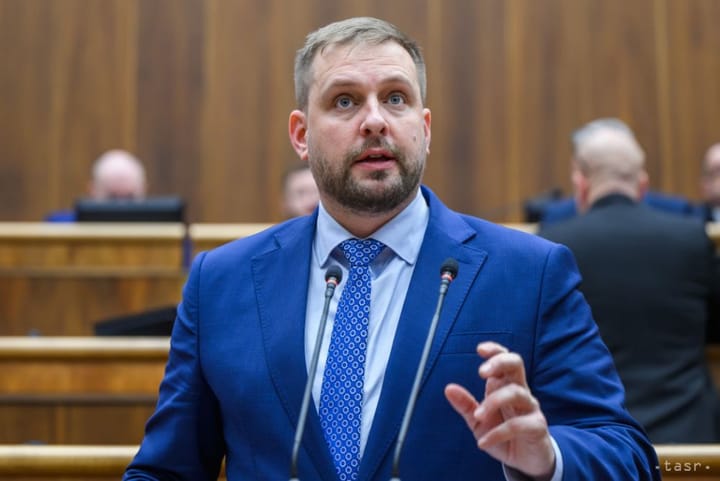Most-Hid: More Than Third of Resources in Health Care Disappear

Bratislava, February 8 (TASR) – Crisis management, functioning DRGs (Diagnoses Related Groups) and the e-Health system, fees and centralised purchasing under public scrutiny are the cures for the Slovak health-care system, said Opposition Most-Hid party leader Bela Bugar at a press conference in Bratislava on Monday.
“There’s enough money in the health-care system. As much as 17 percent of public resources goes into it. According to Eurostat, it’s the largest share within the EU,” said Bugar, adding that a great deal of these resources simply vanish in the system and don’t reach the treatment of patients.
Bugar’s advisor and economist Tomas Meravy added that the total expenditures in the health-care system in 2013 amounted to €5.5 billion, but only €2.5 billion went into the provision of health care, which is only 45 percent of the sum. “Most of the resources, €3 billion, were invested in purchases of medical equipment and other non-classified payments,” he stated.
According to Meravy, the biggest problem lies with non-classified payments, which amounted to €1.7 billion in 2013. In other EU-member states this is only a rather insignificant item on their invoices. Meravy added that Slovakia has also spent a great deal of money on purchases of goods when compared to other European states.
Most-Hid can’t imagine what the €1.7 billion was spent on. Meravy said that Health Minister Viliam Cislak should explain.
In Bugar’s opinion, the next government should set up crisis management of the health-care system and organise all public procurements via a centralised system with public supervision. It should also strive for a cut in non-classified purchases.
“We need to have a DRG system prepared within a year and put it into practice within another two years. There’s also a need for a functioning eHealth system,” said Meravy.



